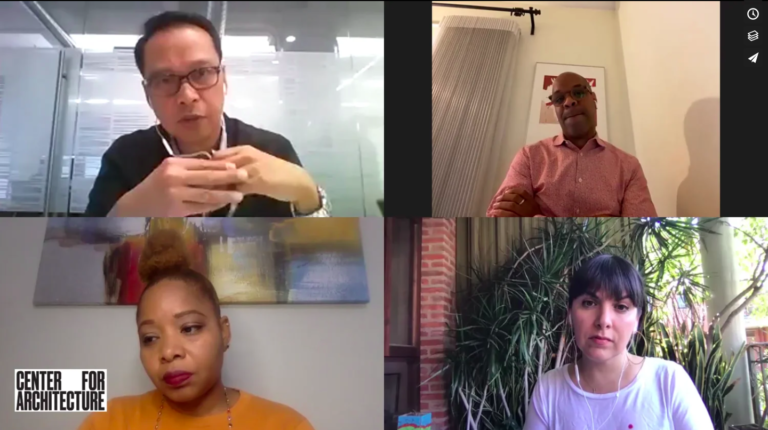As the world rapidly changes around us, old frameworks for the development of cultural centers look less and less relevant. Continuing the success of the series from 2020, this year AIA New York will look at cultural institutions that take a mixed-use approach to programming and space and a more holistic view at the human experience. We will touch on opportunities and challenges around these hybrid organizations, questioning what would happen if we were to take this unprecedented time to explore new missions, visions, and models to help address existing institutional deficits. What will 21st-century arts and community spaces be like? Join us for this Spring line-up of conversations as cultural forecaster and museum expert David van der Leer, Principal of DVDL, speaks with professionals from around the US and beyond.
In this week’s installment, Van der Leer will be joined in conversation by architect, critic, and professor Gabriel Kogan, who will discuss São Paulo’s SESC Pompéia. SESC Pompéia is a remarkable adaptive reuse project by one of Modernism’s best-known female architects, Lina Bo Bardi. Originally a drum factory, Bo Bardi transformed the structure in 1982 into a highly successful, multi-purpose building by adding two concrete towers connected by diagonal walkways. She stripped the factory back to its original concrete and brick to show the structural tectonics while also allowing the program to drive the design in a socially utopic vision that reflects Modernism’s highest ideals. The building continues to thrive to this day, fascinating lovers of Modern architecture around the world.
Gabriel Kogan, Architect, critic, and professor (São Paulo, Brazil)
David van der Leer, Principal, DVDL



